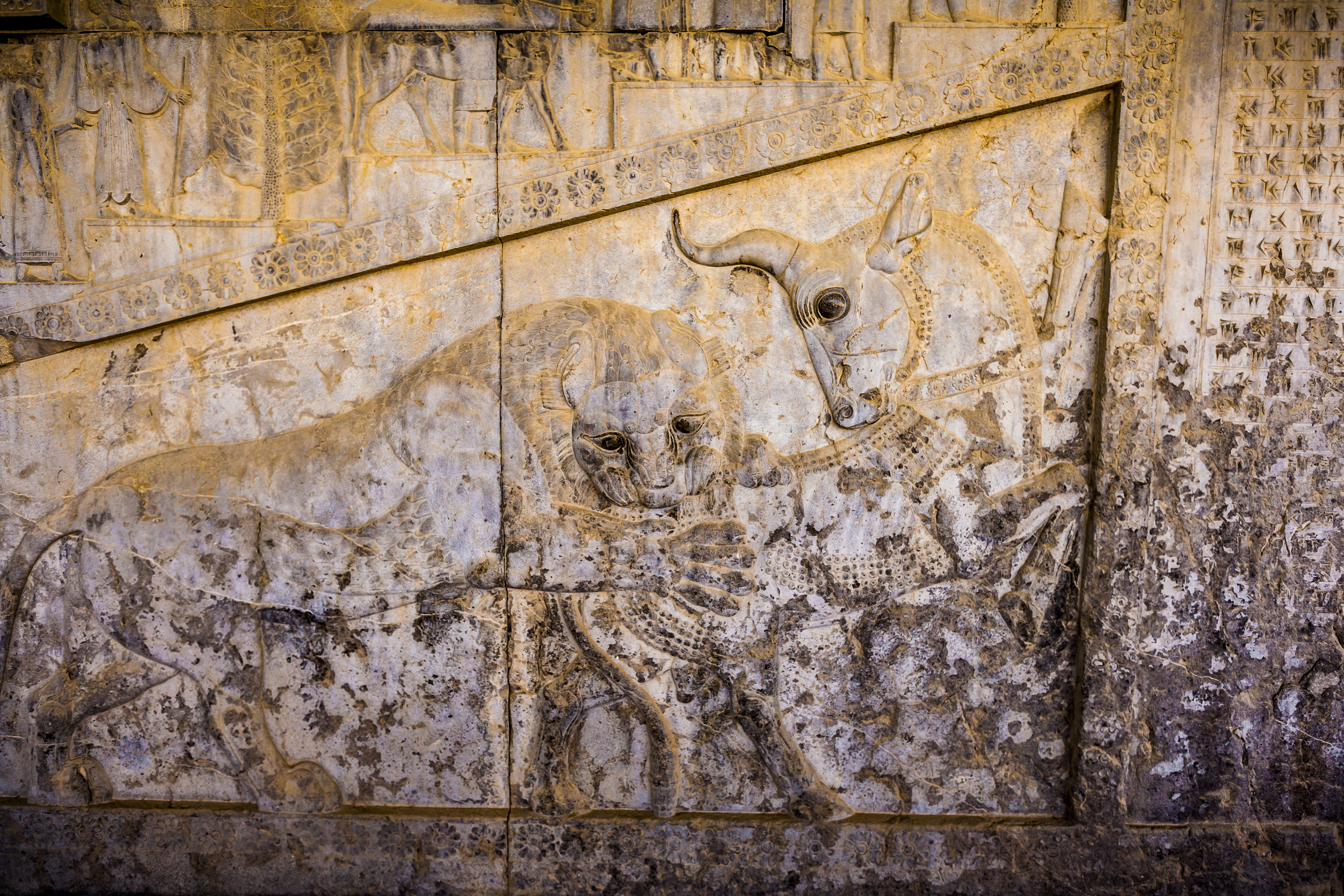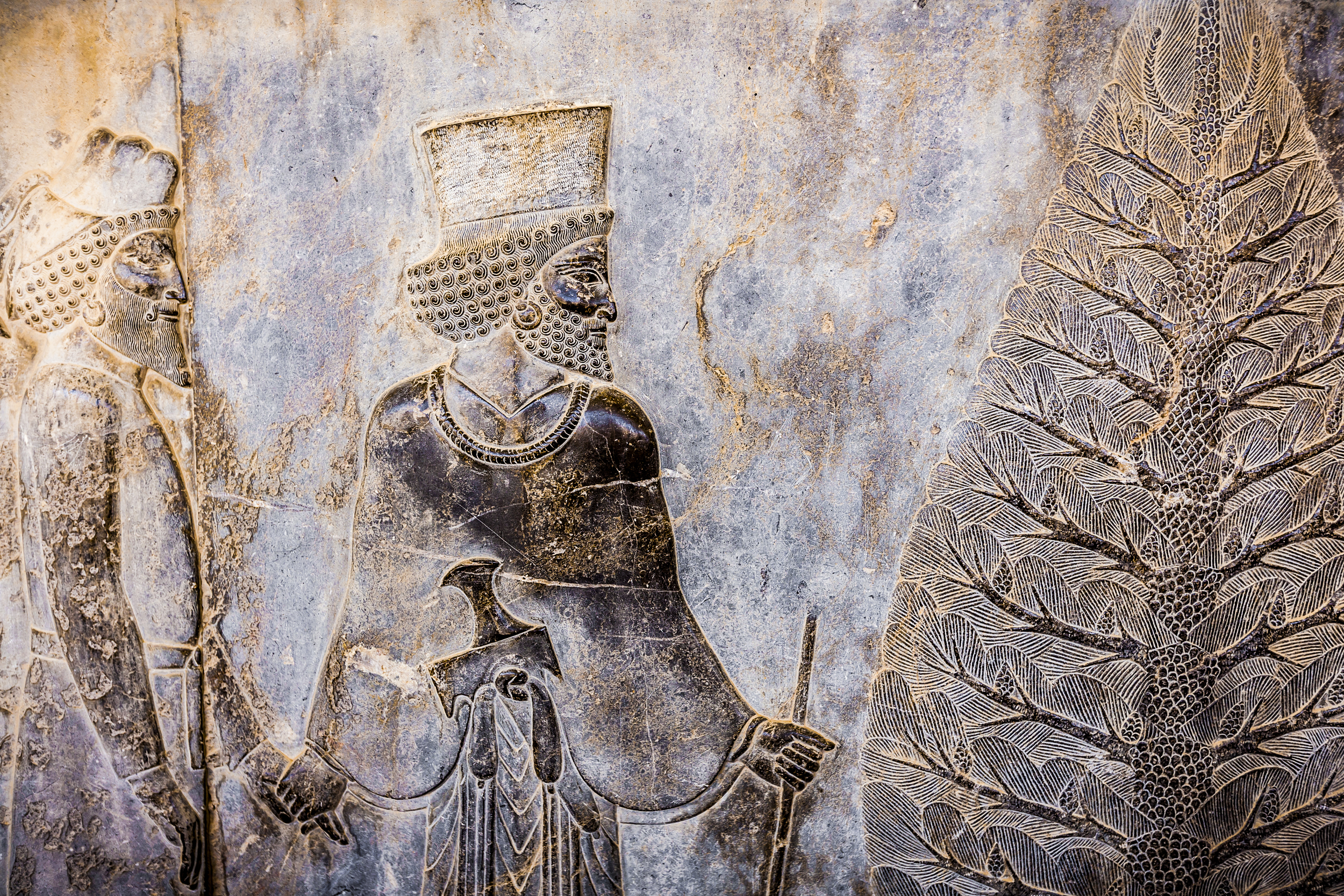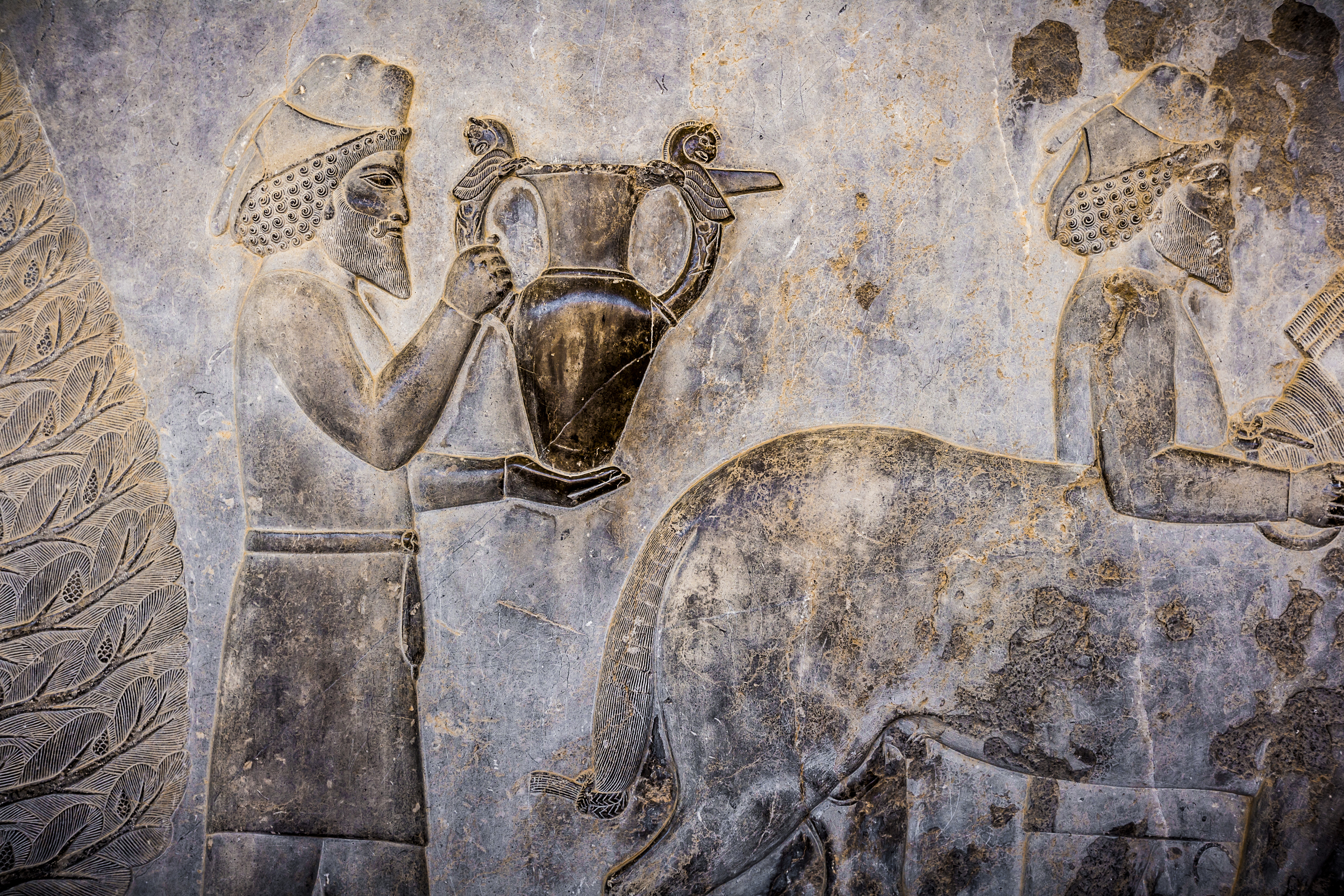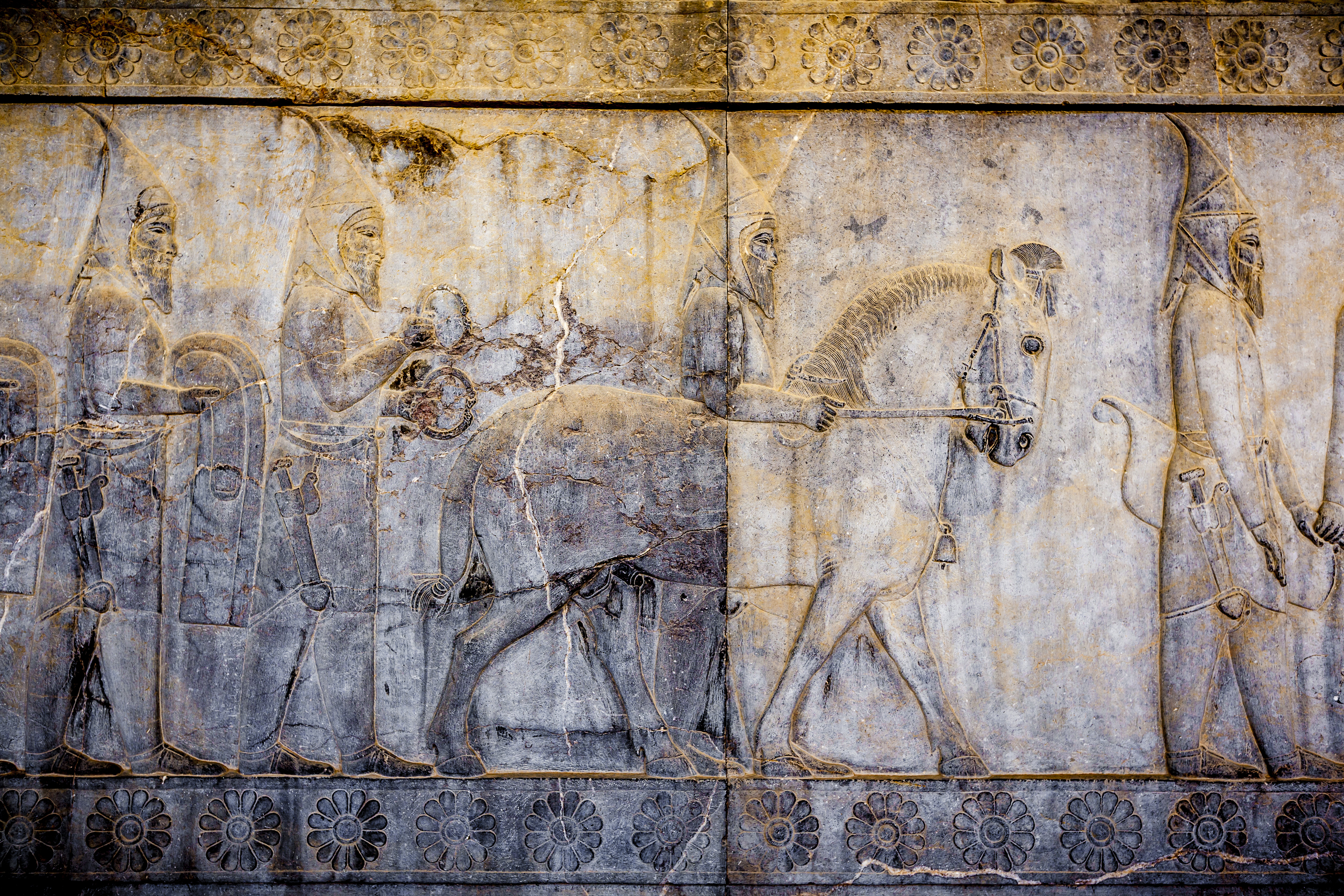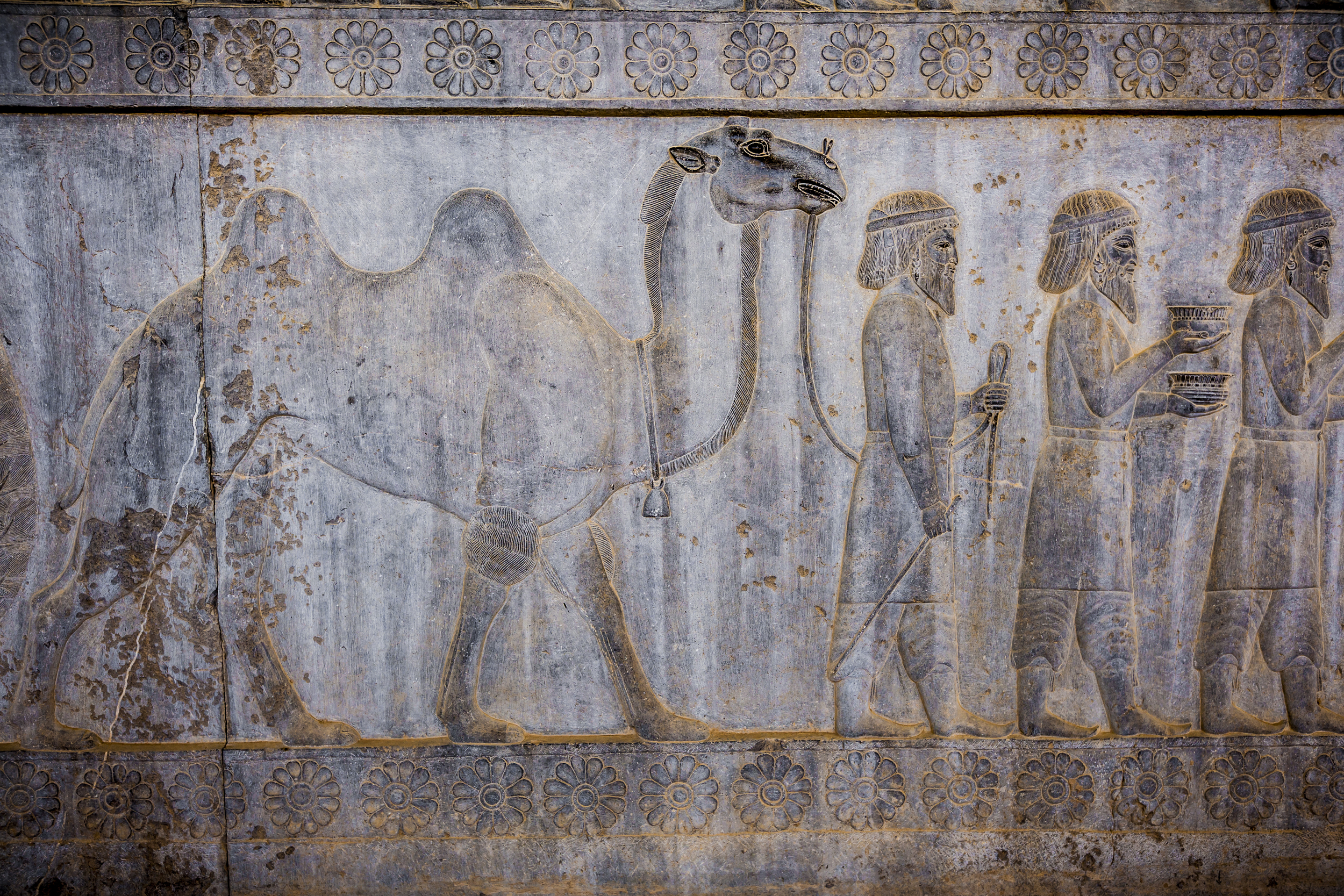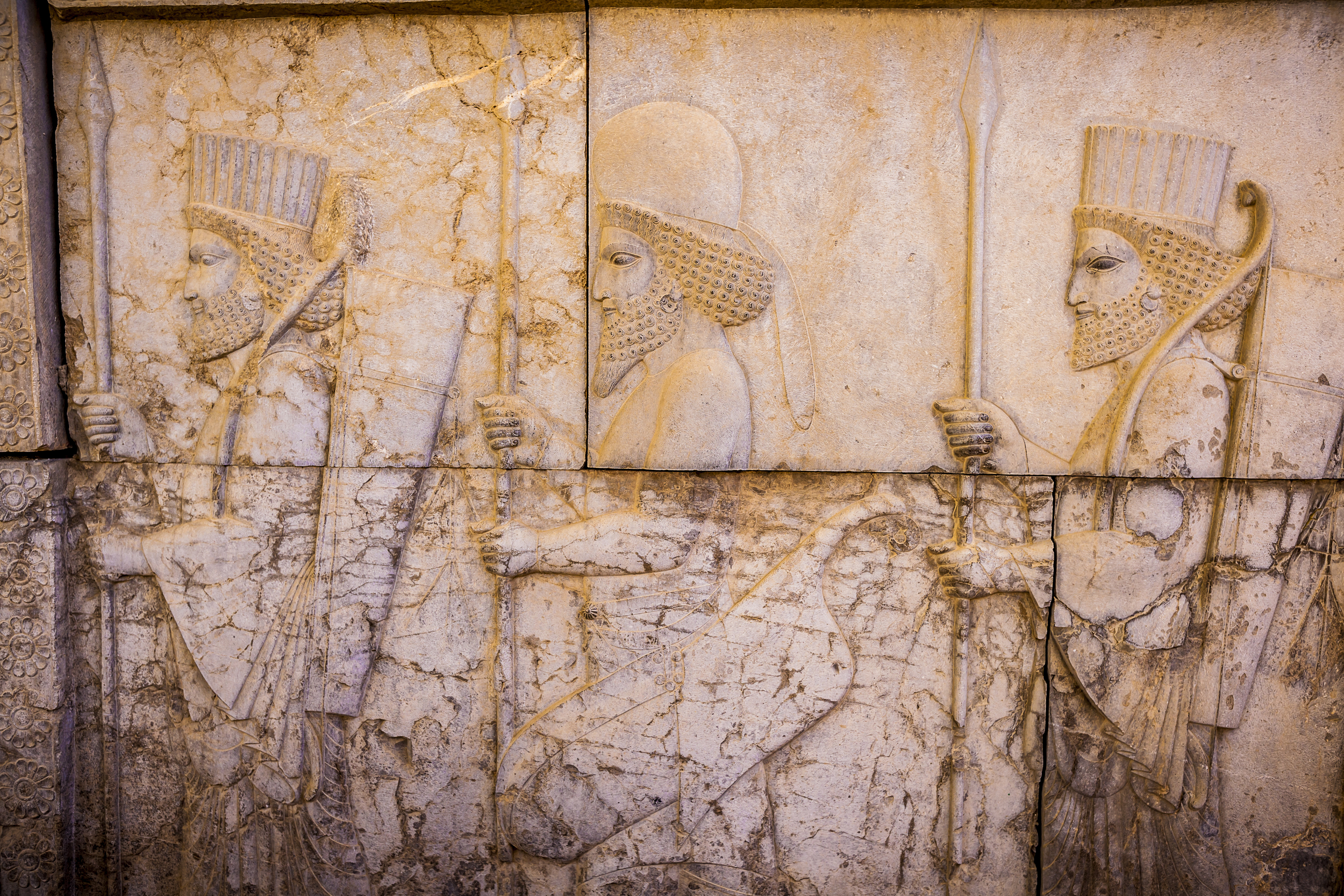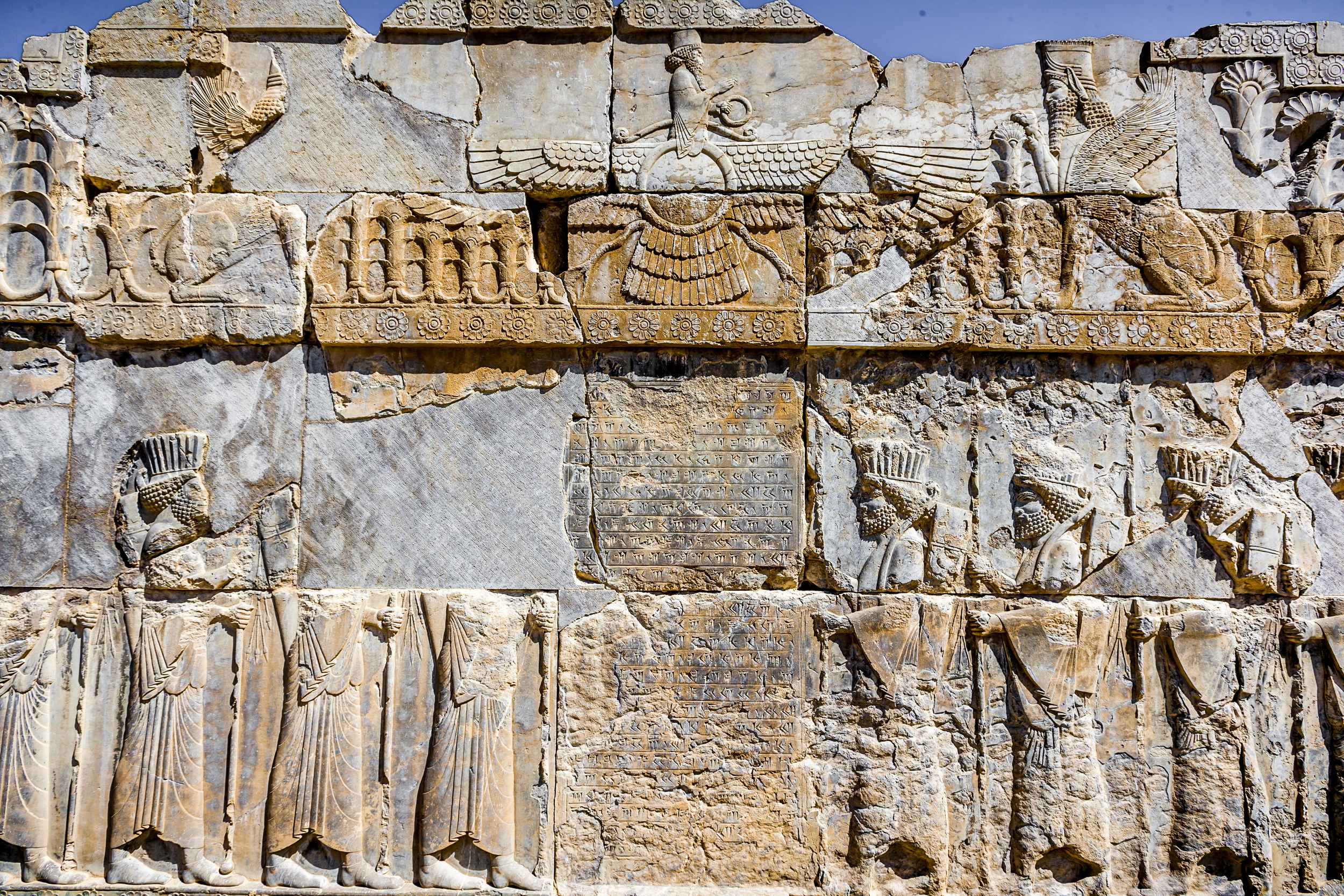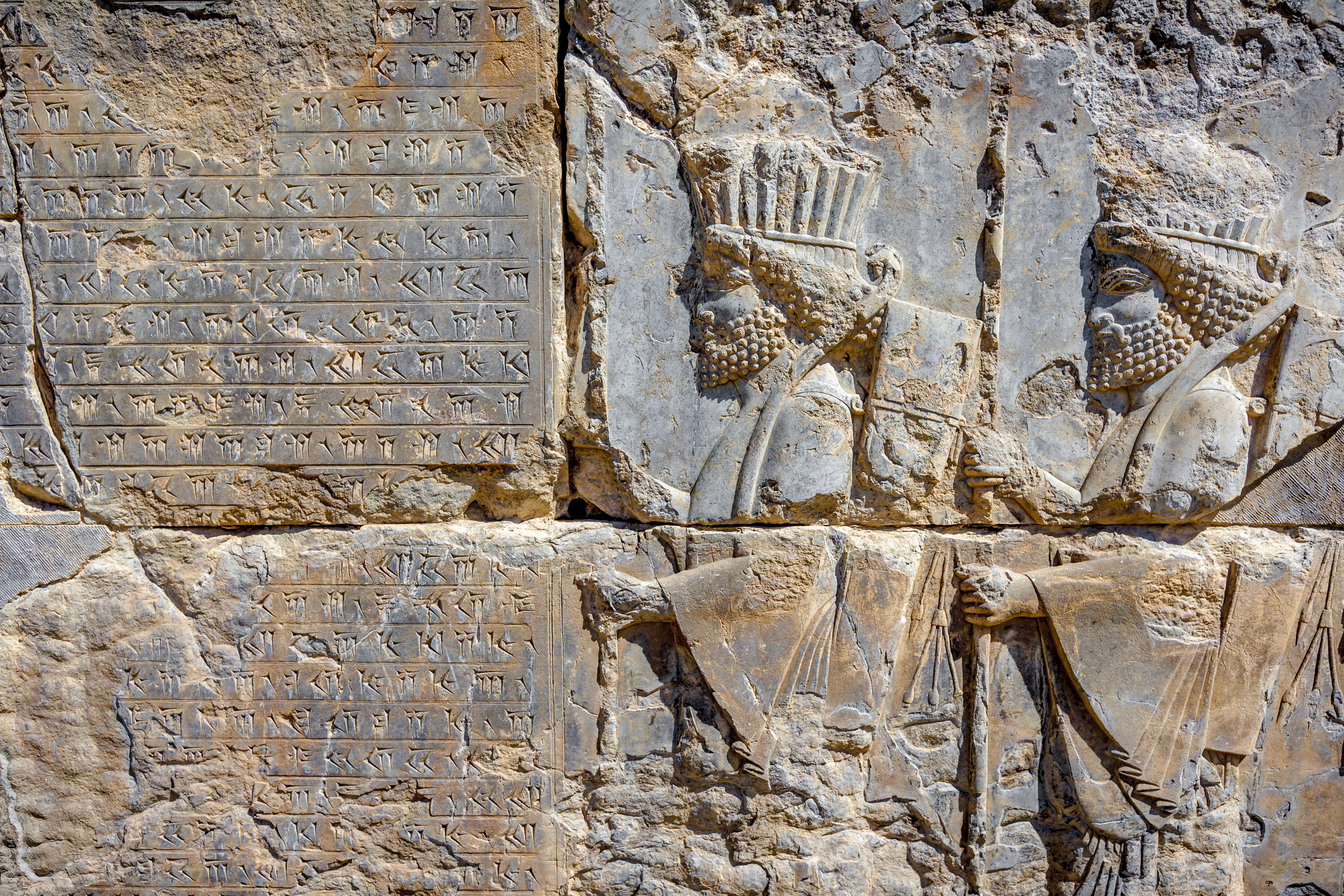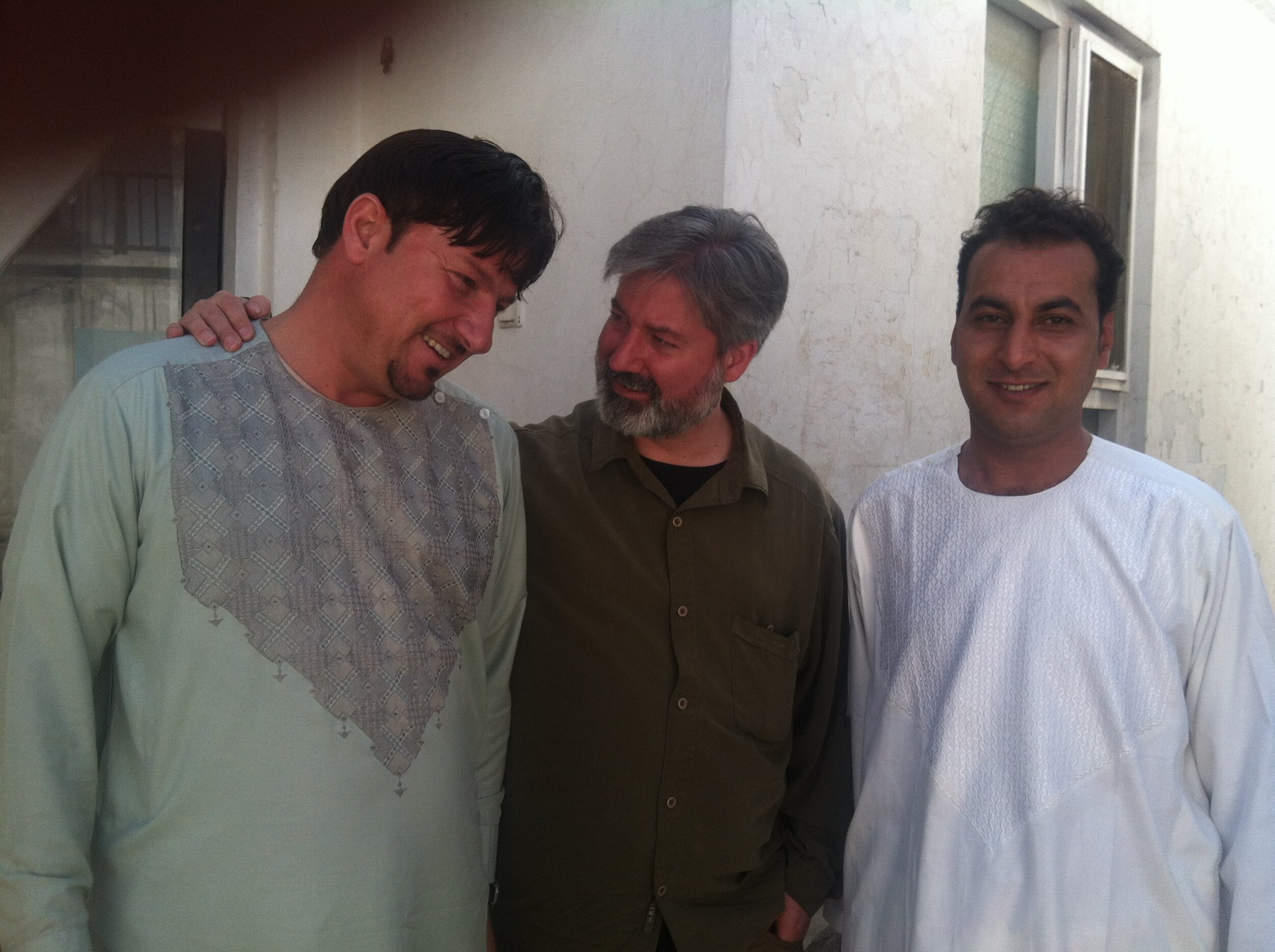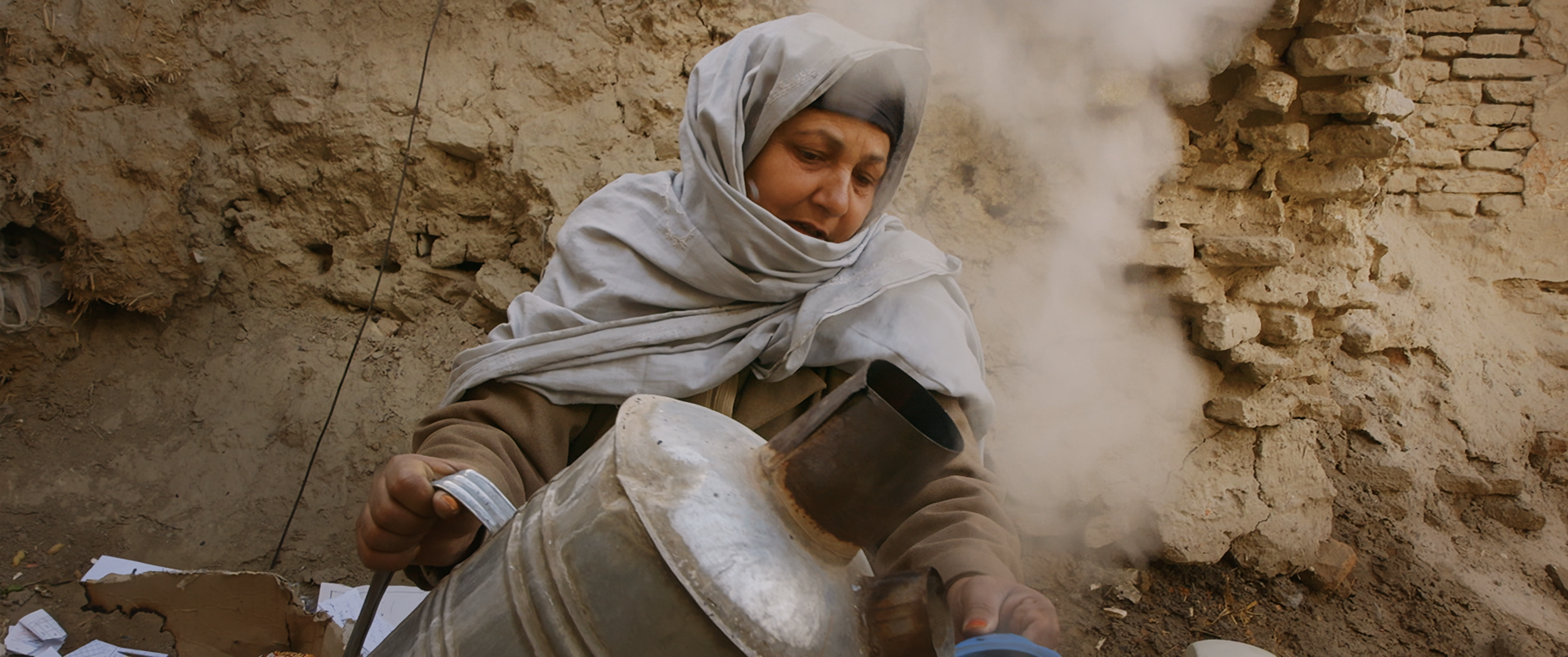I recently had the pleasure of being part of a panel discussion moderated by Rina Amiri, Senior Fellow at the Center for Global Affairs, New York University. The panel was arranged and Introduced by Beata Gutman, Founder of Grasshopper and Humankind. On the panel with me were Sara Hommel, Director of Mental Health and Psychosocial Support, Save the Children, and Salma Mousa, Postdoctoral Research Fellow, Political Science, Stanford University.
Enjoy!
A Flesh tone Flag /
Personally, I’m not one for nationalisms and patriotisms, but - as long as we are to live in a world that believes in countries - a national ideal that celebrates our diversity is a place to start.
Jasper Johns painted the American flag to make it visible, to make you see it and consider it, not just look at it. The American flag is one of the few simple visual icons that connotes the idea of the United States in abstraction. After constant visual conditioning, our internal national idea has some aspect of itself that is linked to national iconography like the shapes and colors of the national flag. Thus, when Jasper Johns remixed the American flag, framed it, made it art, he turned it into a skipping stone for thoughts about our internal and collective national idea.
In that spirit of remixing the base iconography of the flag - in this case to talk about inclusivity and a national unity that respects and acknowledges a diverse population - I reimagine the American icon, a flesh tone flag.
The geometry of the flag is the same, but I have remixed the meaning. The horizontal stripes are no longer the thirteen original colonies, but instead might be imagined as the myriad human tide that flows through the veins of America. The stars are no longer fifty states, but instead could reflect that beautiful constellation of a diverse people standing together. Where the original American flag with unnaturally pristine primaries demands a sort of national ideological homogeneity, the flesh tone flag seeks unity though the acknowledgement and seeing of diversity. This is an optimistic flag, an aspirational flag, an inclusive flag, a hopeful flag of acceptance.
Flesh Tone Flag
Angels Are Made Of Light - Now Available on iTunes / Apple TV in the USA /
Remember Afghanistan? If you’ve never been there, probably not. Even after two decades during which nearly a million American soldiers have cycled through it and thousands have perished, in the United States we still - collectively - have no clear memory of Afghanistan.
In our collective consciousness, Afghanistan exists perhaps as a blur of disjointed images from fiction films and war footage viewed through a raster of pixels: mountains, deserts, soldiers, fundamentalism, refugees and armed conflict.
Our national conception of Afghanistan lacks human dimension and realism. Because it is difficult for us to accurately imagine Afghan people, it is consequently difficult for us - collectively - to develop the kind of understanding and empathy that comes from spending time with others.
We cannot understand Afghanistan in its physical reality and human complexity because most of us will never go there - most of us probably *should* never go there. At the same time, we are missing the kind of mediated, virtual experiences - I mean films, for now - that would give us sophisticated memories of Afghanistan by proxy.
I believe this is a real problem. Not an Afghan problem. An American problem. A problem with how we fail to see a place, to develop understanding for a people even two decades after having invaded and occupied them with our massive boondoggle military. It is a problem of both the Left and the Right, the rich and the poor.
Because I am a documentary filmmaker, I determined to use my medium to help solve this problem. I decided to make a film that would give Americans the kind of realistic and detailed window into the Afghan human reality that we have been missing.
I determined I would build an extended memory implant of a Kabul neighborhood, together with the people who live in it: The faces, physicality, personalities, voices - including the innermost voice - their dreams and memories of a national history. With this extended memory, my theory of art goes, Americans will automatically tend to think more of Afghanistan as a real place in which real, complex people live. People of value and worth. Dear people, dear to ourselves. People not to be feared, but to be understood and befriended. People who are already members of our family.
With a MacArthur fellowship as my funding source, I researched the subject and then moved to Kabul. I made myself busy in Afghanistan, developing local contacts and hiring translators, scouting filming locations, haunting the myriad government ministries in my endless quests for written permissions - and then making friends with families, with community leaders, with the doormen, the gardeners, the drivers and cart pushers, the blacksmiths and tinsmiths, the bakers and grocers, the tailors and barbers, the teachers and the students - and filming, filming, filming.
Our skeleton crew of Afghans and I filmed and translated continuously for three years straight in Kabul in order to gather the material to meticulously rebuild the world of the school - the neighborhood, Kabul, and its inhabitants - and their thoughts - in film form, complete with the passing seasons and historical memories recreated through 35mm archival material. It was an ambitious and complicated undertaking. It became impossible to hold all the elements in ones head at the same time, there were so many interlocking pieces.
What emerged from post production several years later is the film Angels Are Made Of Light. It exists not to tell you a contrived or convenient story, but to enlighten you through the simulation of place and lived experience.
Beyond that, Angels Are Made Of Light provides a real grounding in Afghan popular political feeling in the last half of the American occupation. When it was completed in 2018, our documentary informed viewers that the future of Afghanistan was Islamic rule. The film accurately shows the popular dissatisfaction with the U.S.-backed government, and the general dissatisfaction with the corrupt crony capitalism that was being sold to Afghans as democracy. The strongest narrator character in the film blames the United States for the ongoing war in Afghanistan, suggesting that Afghans have been forced to accept a false choice.
In short, among the many things that it does, our film accurately predicts the future of Afghanistan - the collapse of the US-backed government, and the return of the Taliban.
You can still experience this documentary and feel the moment in history that it contains. Our crew have gone to considerable lengths to make it easy even for people who may never travel to Afghanistan to nonetheless form complex, accurate and multidimensional memories of this beautiful country and its wonderful people. I hope you will take the time to experience it for yourself.
Angels Are Made Of Light is now available in the United States for rental and download from iTunes/Apple TV.
Iraq, still in Fragments /
Recent events in Iraq inspired me to post the documentary films I made there on the YouTube platform, so perhaps they could reach a wider audience than they do just embedded on this website.
It’s accurate to say that the United States has been at war with Iraq, in one way or another - either militarily or through crushing sanctions - for decades. Decades of the United States using violence in Iraq - the violence of war and the violence of poverty. I feel a heavy sadness when I think of the injustices that have been done in the name of the United States against the people of Iraq, all to satisfy private greed and prejudice, to satisfy whatever anti-human end.
My response to these wars has been to film the civilians caught up in them, to remember who is most at risk when we needlessly go to war, who is most vulnerable, and who is in the line of fire. I don’t really know if it makes any difference, especially as very few people see the films, but it always seemed to me that people wouldn’t go to war so often if they had ever been near one, or if they could somehow understand what it meant.
Please join me on this small, curated journey through Iraq, circa 2003-2005, in the wake of the US invasion. Experience some of the Iraq that I was able to record, and share these experiences with your friends.
This is the 21-minute short documentary, SARI’S MOTHER (2007):
This is the 94-minute feature documentary, IRAQ IN FRAGMENTS (2006), which was filmed concurrently with SARI’S MOTHER:
In 2017 I was invited by HKU to conduct a Q&A after a screening of IRAQ IN FRAGMENTS, which HKU have kindly edited and can now serve as the Q&A for this online version:
Some Kabul Songs /
Making a feature documentary tends to be a long process of gathering raw material around a central idea or story and then piecing that material together into something far more compact. In the process, many wonderful things are recorded and later discarded when they don’t find a place in the film.
With Saboor Arghandiwal on a filming day in Kabul
While filming Angels Are Made Of Light in Kabul from 2011-2015 my schedule was divided between filming days, translations days, audio-interview days, still photography days, ministry paperwork days, and music/audio days.
Normally it was just me and one other person in the crew - either Jamshid Amiry or Saboor Arghandiwal, sometimes others, but they were the main two guys - and so we had to divide up the work like that: one main focus per day. Traffic is so bad in Kabul that we could only succeed in traveling out to one location, doing something for a couple hours - filming or paperwork, then driving back through the endless traffic. Simple errands would take up an entire day in Kabul because of the seemingly permanent traffic jam.
Somewhere in those three years of production - in 2013 - I started to feel confident enough in the way filming was going that I began branching out to do things like explore the national film archive, and make field recordings of music with Afghan musicians.
I recorded all kinds of different traditional instruments - together and separately, trying to build up a library of Afghan musical sounds in case a future composer on the film I was making wanted some cultural reference, or to sample from the authentic sounds of Kabul.
With Khalid Hashemi (left) and Zalgi Kabuli, after a recording session in Kabul, 2013
Among the musicians I recorded were Khalid Hashemi and Zalgi Kabuli, rubab and harmonium players, respectively. Although the recordings we made were never used in the film, I think some of them are nice enough to listen to for pleasure, and I present them here:
We made these recordings in a closet-sized recording space in west Kabul in April, 2013. I used the wonderful Sound Devices 788T recorder, with three Neumann microphones - the U87, KMR185 on the rubab and the KM81i on the harmonium.
It was a cramped space with no way to isolate the vibrant sound of the rubab from the quieter harmonium, so using the directional KMR81i - mounted directly above the harmonium - helped to make a focused signal for the reedy, hand-operated squeezebox drone tones, a background to the rubab to play against, which I made deeper and more expansive in post.
Meanwhile, the Afghan rubab, as a musical instrument, poses some challenges for recording. The rubab (robab, rabab) has a distinctly twangy, metallic sound - particularly if microphones are placed close enough to hear the subtle details and overtones of the instrument.
I mixed these in Kabul in Logic Pro on a laptop; I have used post processing with a Tube-Tech CL1B compressor in software emulation, as well as some spacial effects and EQ. Particularly in the Afghan Lullaby track I have tried to reduce some of the more central, metallic frequencies of the rubab - in effect to create my own version of the way the instrument sounds - to make a more woody, golden-sounding tone.
I hope you enjoy listening to the recordings as much as I enjoyed making them.
Recording Afghan musicians in my bedroom in Kabul. This day featured Mohammed Hamahang on tabla, Hanif Hassan on rebab, and Mohammed Rohit Nabizada on dilruba.
Talking about Angels Are Made Of Light /
Teacher Moqades watches news of the presidential elections in Kabul, Afghanistan, in a scene from ANGELS ARE MADE OF LIGHT.
Bibi Rogul makes tea in a scene from ANGELS ARE MADE OF LIGHT.
Thanks to the good work of Grasshopper Film, ANGELS ARE MADE OF LIGHT is getting out onto the big screens and getting seen, thought about and reviewed in different towns and cities across North America. It’s an honor to have an intelligent and curious audience for the film.
In the process of releasing ANGELS ARE MADE OF LIGHT I have taken part in post-screening Q&As and print interviews, some of which I have collected here for those curious to learn more about the making of the film.
An American in Afghanistan: The Millions Interviews James Longley - By Sonya Chung
HOLLYWOOD SOAPBOX INTERVIEW: Young students in Kabul are focus of ‘Angels’ doc - By John Soltes
STUDIODAILY.COM - Director James Longley on the “Fiction” Style of Afghanistan-Shot Documentary Angels Are Made of Light - By Steve Erickson
THE NEW YORKER - James Longley’s “Angels Are Made of Light” Captures the Daily Despair of Ordinary Afghans - By Antonia Hitchens
Angels Are Made of Light /
After years of work, I'm happy to report that our new documentary film, Angels Are Made of Light, is finished and about to hit festivals! Our world premiere is still a secret, but we can reveal that the film will screen this year at the Toronto International Film Festival.
A scene from Angels Are Made of Light
Filmed throughout three years, Angels Are Made of Light follows students and teachers at a school in an old neighborhood of Kabul that is slowly rebuilding from past conflicts. Interweaving the modern history of Afghanistan with present-day portraits, the film offers an intimate and nuanced vision of a society living in the shadow of war.
For more news and updates: please visit us our FaceBook page.
Remembering Iraq, 2002 /
Digging through hard drives I came across some scans from XPAN slides I made in Iraq in 2002, about six months before the 2003 US-led war.
Read MoreHong Kong Documentary Initiative /
In November I was lucky enough to be invited by Oscar-winning documentary maker Ruby Yang to take part with her frequent filmmaking partner, Thomas Lennon, in the first series of documentary master classes at Hong Kong University. On the last night we had a wide-ranging discussion about documentary filmmaking, why we do it, and what it means.
The ceilings of Isfahan /
I want to share with you some of the fantastic art contained in the mosques and palaces of Isfahan, one of the many historical capitals of Iran. It's been almost six years since I visited Iran, but looking through my old photos inspired me to bring back these images for the blog.
Read MoreThis has happened before ... /
In 2003, in Iraq, I was lucky enough to see some of the ancient historical sites near Mosul that have recently been destroyed by ISIS. The news of this thoughtless destruction of history hit hard.
Recently I was looking through photographs from neighboring Iran, where I lived and worked for over a year before the Green Uprising in 2009. While in Iran I had the chance to do some traveling just a tourist, visiting historic sites. If you've never been to Iran, I can't recommend it enough as a place to travel, especially for history lovers.
One picture in particular I took in Persepolis stuck out at me: The photograph shows a mural carved in stone: the top half was intentionally desecrated to obliterate the faces depicted in the mural; the bottom half was protected, apparently because it was buried underground. Persepolis has suffered damage several times in its history, including desecration from invading Arab armies and, previously, being burned by the forces of Alexander The Great.
The kind of destruction of historical places that we see now in Iraq and Syria by ISIS has happened in the past. Given the turmoil of history, it's amazing that sites like Persepolis still exist at all, after thousands of years, and it reminds us how dearly they need protection.
Before they were damaged, the carved murals looked more like this:
Persian soldiers on the Staircase of All Nations at Persepolis, Iran. These ancient carvings were protected from damage by being buried.
When you look at them, you have to pinch yourself to remember the murals are thousands of years old. Protected from the elements for much of their extremely long history, many of the stone carvings still look like they were made yesterday. The detail chiseled into the rock is truly extraordinary.
It seems sometimes the only way to preserve history is to bury it.

